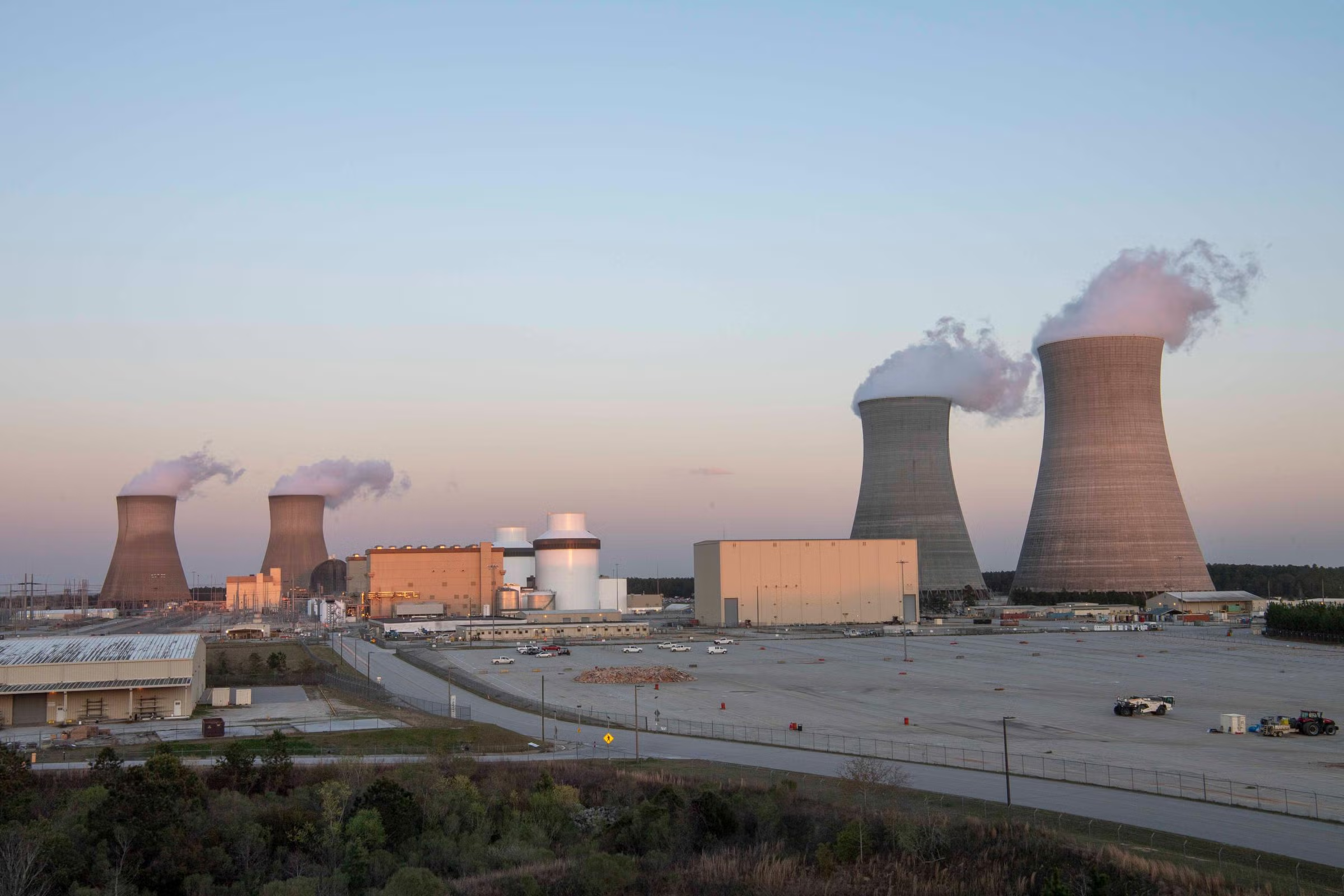
On 25 May, 2023, Vogtle 3 came online. On 1 May, 2024, Vogtle 4 came online, US Energy Information Administration, here. The total cost was estimated “close to $35 Billion, $14.4 per watt for the 2.43 GW reactors, AP News, here.
On 24 January, 2025 the NJ Board of Public Utilities, NJ BPU, here, announced that during Phil Murphy’s tenure as Governor, we have:
- Installed 5 GW of solar capacity,
- More than double the installed capacity in NJ in 2017, before Gov. Phil Murphy took office.
- With 175 MW at a cost of $156 Million, 89¢ per watt.



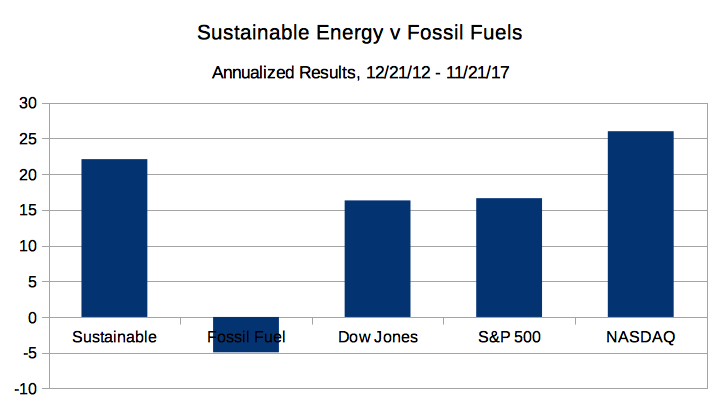
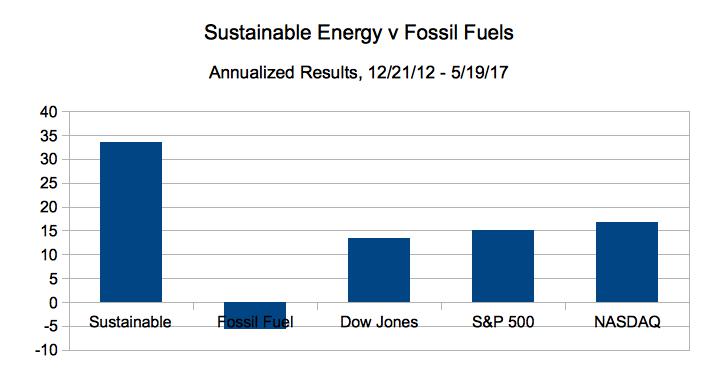

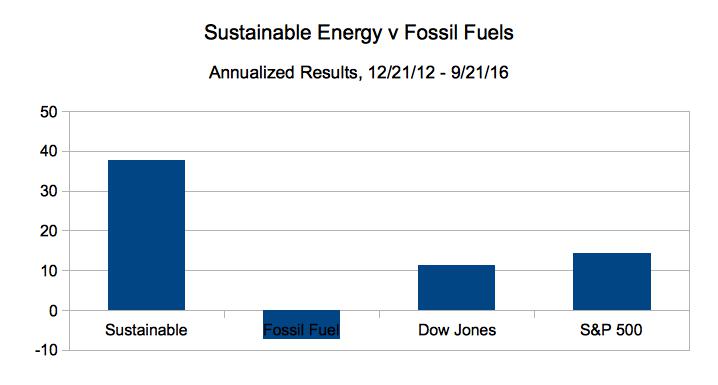
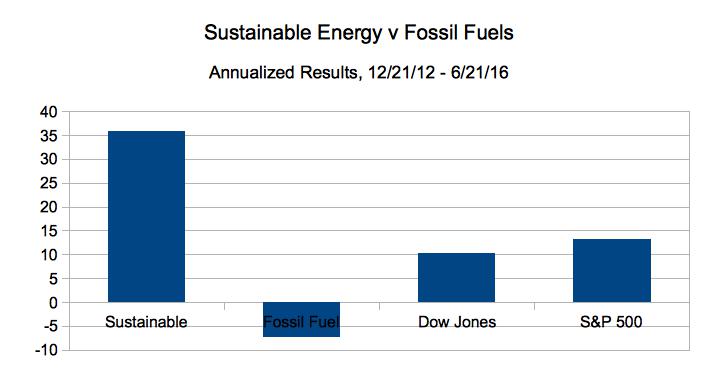
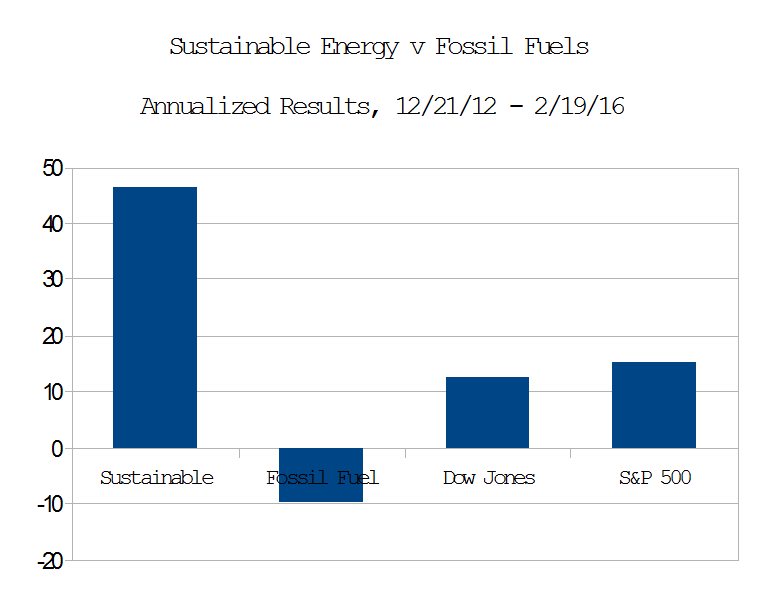 On Dec. 21, 2012, I put $16 Million imaginary dollars in equal imaginary investments in 16 real energy companies; $8.0 in the Sustainable Energy space and $8.0 in the fossil fuel space. Excluding the value of dividends and transaction costs, but including the bankruptcy or crash of three companies in the sustainable energy space, and one company in the fossil fuel space.
On Dec. 21, 2012, I put $16 Million imaginary dollars in equal imaginary investments in 16 real energy companies; $8.0 in the Sustainable Energy space and $8.0 in the fossil fuel space. Excluding the value of dividends and transaction costs, but including the bankruptcy or crash of three companies in the sustainable energy space, and one company in the fossil fuel space.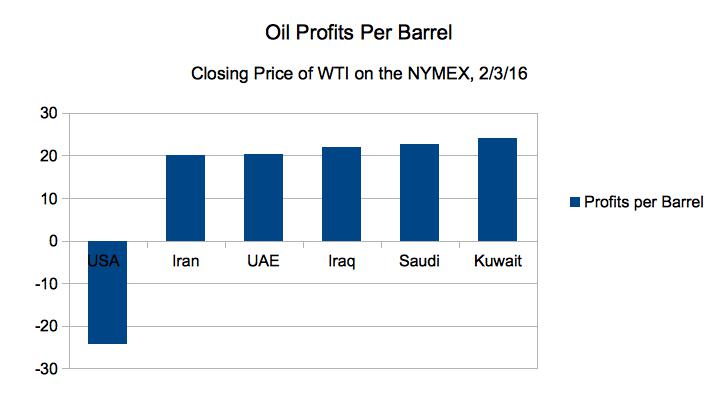 Deepwater Drilling Offshore of the US yields oil at $57 per barrel (see
Deepwater Drilling Offshore of the US yields oil at $57 per barrel (see 
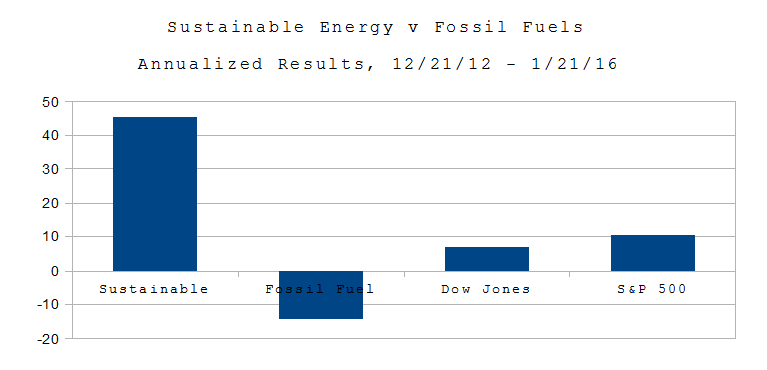 Wall St. 1/21/16. On Dec. 21, 2012, I put $16 Million imaginary dollars in equal imaginary investments in 16 real energy companies; $8.0 in the Sustainable Energy space and $8.0 in the fossil fuel space.
Wall St. 1/21/16. On Dec. 21, 2012, I put $16 Million imaginary dollars in equal imaginary investments in 16 real energy companies; $8.0 in the Sustainable Energy space and $8.0 in the fossil fuel space.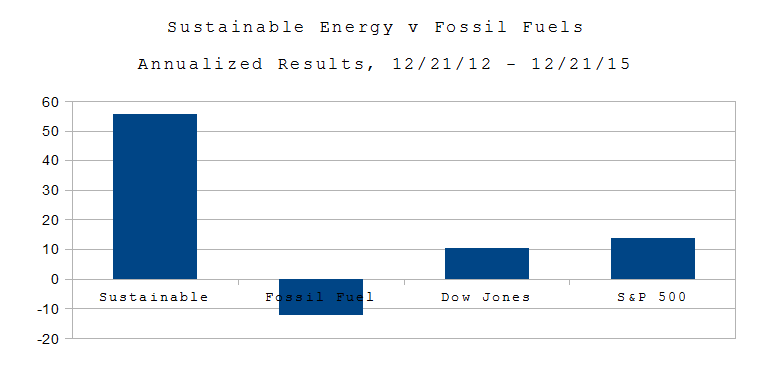 On Dec. 21, 2012, I put $16 Million imaginary dollars in equal imaginary investments in 16 real energy companies; $8.0 in the Sustainable Energy space and $8.0 in the fossil fuel space. Excluding the value of dividends and transaction costs, but including the bankruptcy or crash of three companies in the sustainable energy space.
On Dec. 21, 2012, I put $16 Million imaginary dollars in equal imaginary investments in 16 real energy companies; $8.0 in the Sustainable Energy space and $8.0 in the fossil fuel space. Excluding the value of dividends and transaction costs, but including the bankruptcy or crash of three companies in the sustainable energy space.